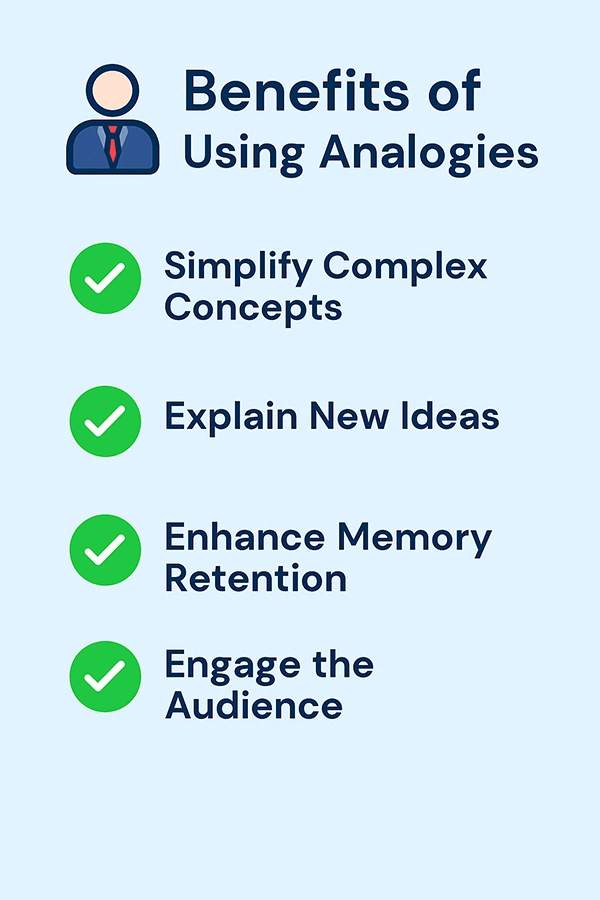5 Tips for Explaining IT and OT to Non-Technical Teams
KEY TAKEAWAYS
- Simplify explanations by avoiding jargon and tailoring details to the audience.
- Use relatable analogies like the human body to bridge understanding.
- Share practical examples showing IT and OT’s impact on daily work.
- Understand audience pain points before explaining IT and OT differences.
A report states, almost 70% of digital transformation initiatives fail because of poor communication and misalignment between team members with technical- and non-technical backgrounds.
To close this communication gap, it’s important to simplify language, avoid jargon, and connect to meaningful examples that relate to everyday experiences. With clearer, more engaging examples of technology, non-technical professionals find it easier to understand how technologies can positively impact operations, productivity, and business goals.
In this article, we have detailed five pragmatic methods of simplifying technical concepts to help facilitate collaboration, knowledge sharing, and improved decision-making as well as foster greater alignment across different parts of an organization.
1. Simplify the Language
Your audience’s level of tech proficiency will determine the depth of detail you should go into. Where possible, avoid using tech jargon. Only share what your audience needs to know, keep it clear and concise.
While the two are different, IT and OT teams are working together more and more because machines utilize technical components that connect to the internet or are cloud-based. Highlight IT for managing information flow and OT for driving operational continuity.
2. Use Analogies
Build on what they know and close the tech gap with simple analogies, like comparing systems to the human body. IT is the digital brain that handles data, software, and digital processes, and OT are the muscles that move the body, i.e., machines, production lines, and physical processes.
IT handles data, privacy, and software, storing and processing information. OT controls the machinery, HVAC systems, and other physical operational equipment to keep things running efficiently and safely. Below, you can see the benefits of using analogies.

3. Provide Beneficial Examples
Non-technical audiences engage better when they see how new information benefits or applies to them. For example, understanding the differences between IT and OT can help provide clarity during downtime, lead to fewer misunderstandings, and enable quicker escalation when something goes wrong.
Understanding Information Technology (IT) vs Operational Technology (OT) is paramount for employees to prioritize hardware and software safety in the workplace, both on and offline. This is especially crucial for those working in high-pressure environments. Talk about the impact this knowledge will have on them, not the intricacies of the technology.
4. Understand Their Pain Points
You need to understand your audience and their challenges before explaining anything. Put yourself in their shoes. What are their daily tasks and challenges? Break the ice by letting your audience know that while you may have technical expertise, you don’t know how to repair machinery or deal with an irate customer.
Show them you’re there to support, not to make them feel undermined. Start by assuming your audience has little to no basic tech knowledge, and then set realistic goals for how far you can take your audience each day.
To accurately explain the differences in IT and OT and why they are separate but can be linked may take a few meetings and a planned strategy to unfold that information.
5. Use Visual Aids
People are remarkably visually-driven. IT and OT can seem abstract and confusing to non-technical people until they can see the differences. Visuals are a powerful tool for making those distinctions memorable and understandable. Create a split graphic with one element placed on the left and the other on the right.
Side-by-side comparison diagrams make it easy to see what each side or topic includes. Once you have covered those points, move on to creating a stacked pyramid visual to demonstrate how IT and OT connect, but operate at different levels.
To End
Your aim is to show how IT and OT affect their roles, helping them work more effectively no matter their technical background.
No one likes to feel inferior, so use these tips above and do your best to reiterate that your audience not knowing something technical isn’t a reflection of their intelligence, but rather of their different job roles and functions.
Ans: In short, IT is about data and software, and OT is about operationalizing machinery, equipment, and physical processes with the goal of maximizing production and safety.
Ans: In short, understanding the differences between IT and OT can help avoid unplanned downtime, undermining the validity of the data, and also decrease the repair time of the failed equipment.
Ans: The best way to explain this is using similar analogy metaphors like the human body, where IT would be the brain for processing the data, and OT would be the muscle for controlling the machinery and processes.
